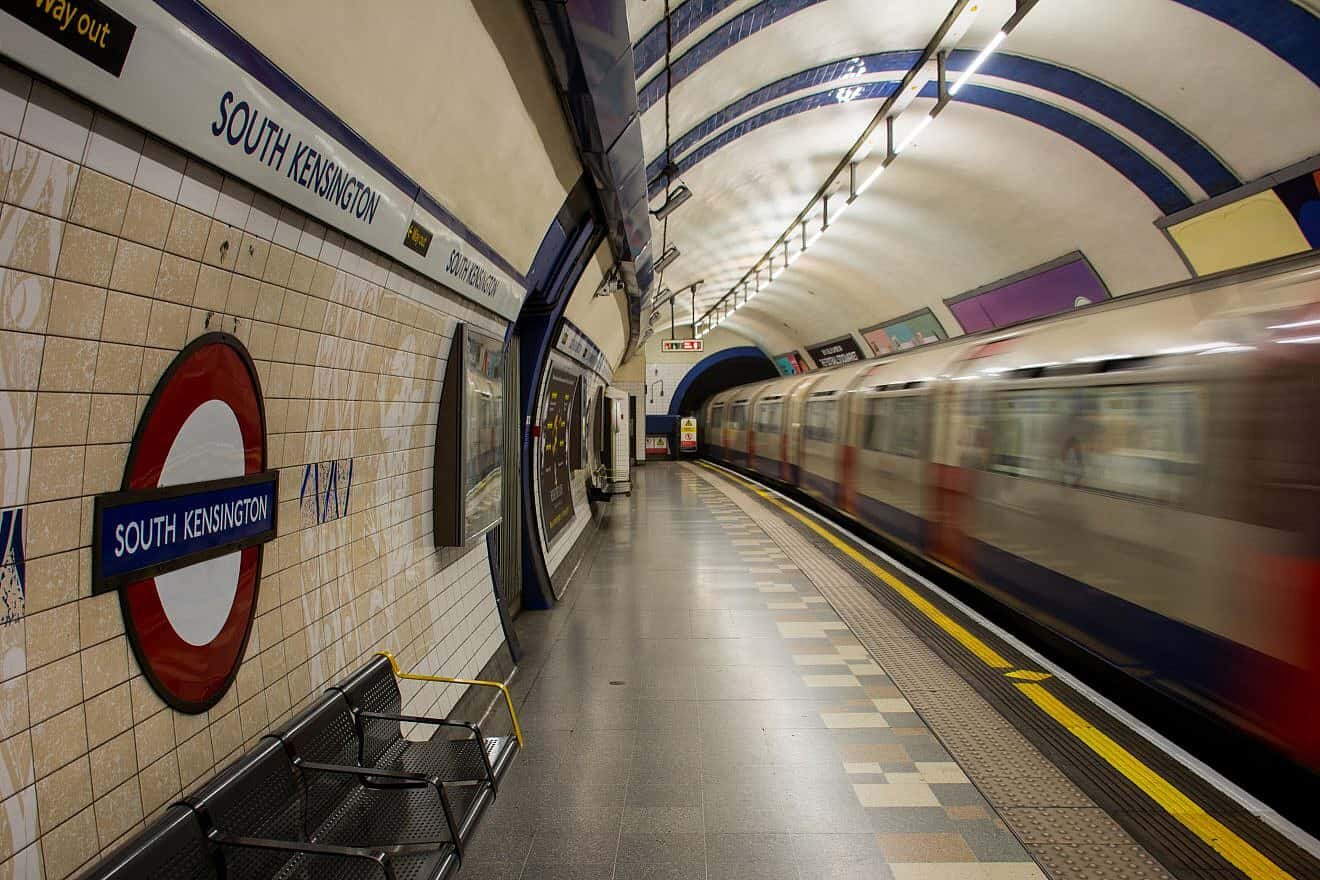Kohanim rebuffed in bid for London workaround
One of several things that sets kohanim apart from other Jews is that they must maintain higher levels of ritual purity.
Unlike their Jewish peers, kohanim cannot be under the same roof as a corpse.
The estimated 1,500 kohanim who live in London thus cannot use the London Underground lines that stop at or run through South Kensington station, due to its proximity to the Science Museum — which has “4,351 human remains from many different countries and historical periods,” only a small number are on display.
Kohanim thus requested the addition of a “secondary roof” at the train station entrance, to create a physical separation from the museum, which would satisfy rabbinic legal requirements, permitting them to use the station without violating their religious beliefs.
However, the Chelsea and Kensington Council’s planning committee recently rejected the proposal, which reportedly would have cost about $1.23 million.
The kohanim, who remain unable to use the Circle, District and Piccadilly lines, noted in a statement to the planning committee that they cannot “come in any shape or form in contact with a deceased (exceptions are made for immediate family), even not being under one roof.”
The proposed structure would have featured an inscription at eye-level reading: “A Kohen (a person of priestly lineage) is forbidden to allow himself to become contaminated with negative spiritual forces, such as those emanating from a corpse.” Locals reportedly opposed the secondary roof as “inharmonious” design.
The Knightsbridge Association, a local voluntary association that aims to “preserve and enhance the character” of the area, expressed its disapproval, deeming the addition “incongruous” and “out of keeping with the listed aspects of the original entrance to the tunnel.”
Council planners rejected the proposal based on concerns about the “size, design and position” of the proposed secondary roof, along with the perceived “irreparable harm” it could cause to the Grade II-listed building. The council concluded that the “public benefits would not outweigh the harm” posed by the alterations.
While the rejection addresses architectural and preservation concerns, it also underscores the delicate balance between religious accommodations and urban development, leaving room for ongoing discussions on how to navigate such situations.
Rabbi Josef Dünner, of the Union of Orthodox Hebrew Congregations, an umbrella organization of London’s Haredi communities, proposed concession, including removing the Hebrew script on the structure. Councilors still refused the plans.
Aaron Schimmel, a doctoral candidate in Jewish history at Stanford University, told JNS that the council’s decision to reject the plans amounts to “an expression of a more subtle antisemitism” at a time when anti-Jewish hate crimes of various stripes continue to spike across the world.
The Metropolitan Police covering London recent reported a 1,350% increase in recorded antisemitic offenses in the wake of Hamas’s Oct. 7 terror attack on Israel.






